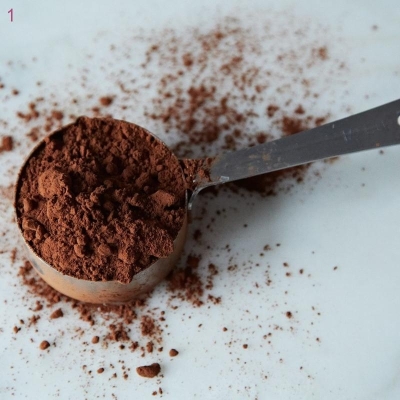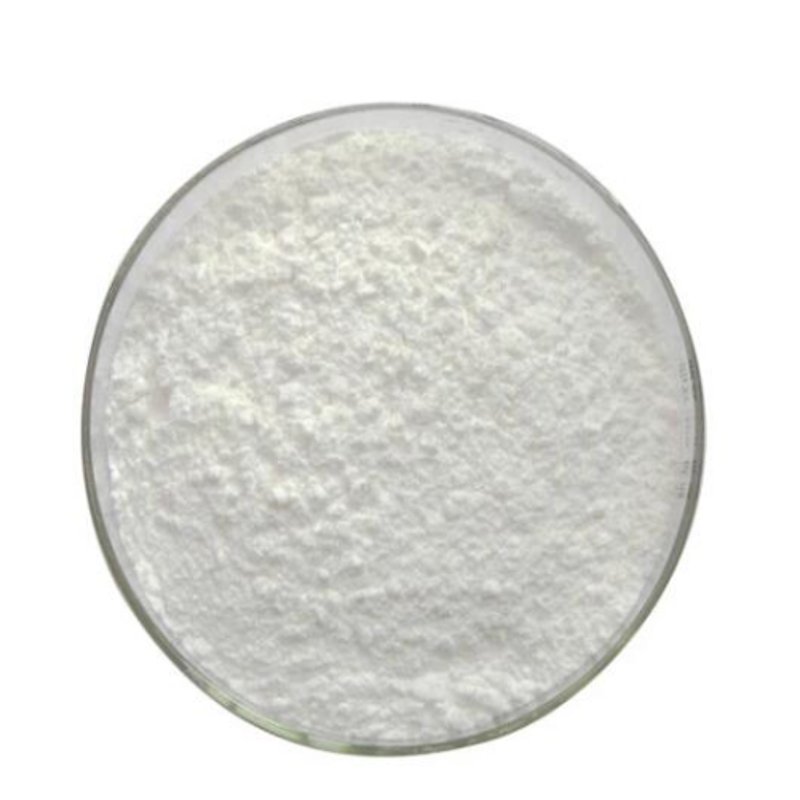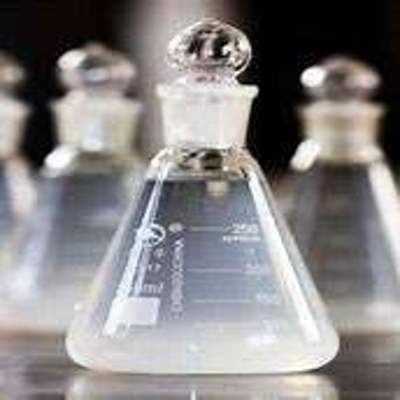-
Categories
-
Pharmaceutical Intermediates
-
Active Pharmaceutical Ingredients
-
Food Additives
- Industrial Coatings
- Agrochemicals
- Dyes and Pigments
- Surfactant
- Flavors and Fragrances
- Chemical Reagents
- Catalyst and Auxiliary
- Natural Products
- Inorganic Chemistry
-
Organic Chemistry
-
Biochemical Engineering
- Analytical Chemistry
-
Cosmetic Ingredient
- Water Treatment Chemical
-
Pharmaceutical Intermediates
Promotion
ECHEMI Mall
Wholesale
Weekly Price
Exhibition
News
-
Trade Service
A recent legal approval of the application of spirulina helps to improve the natural colors of food.Natural blue can be used alone or combined with other colors to be green and purplere-creation of colors has never been a problem for manufacturers using synthetic colors, but it is a major problem for manufacturers who want to meet consumer demand for clean labels.are added in three main colors:
FD-C Red 40, Yellow 5 and Blue 1
, which are also the base colors that form most of the other colors due to chemistry. But natural red, yellow and blue are not easy to obtain, which is also a problem for producers who want purple, green and orange.more than that, early natural pigments also had short shelf life, difficult to deal with (especially exposure to heat and
pH
changes), and weak colors.with the birth of colorful natural pigments, these problems began to change.
2014,
Leatherhead
Food Research Institute and Mint Group jointly noted that global sales of natural colors exceeded synthetic pigments by more than $
6
billion inSince
2007
, the
has risen
29 percent. The report also predicts a further increase in sales of natural pigments. Not only is this trend in the U.S., europe has long had doubts about synthetic pigments, and sales of natural colors have been growing in Brazil, China, India and other countries.natural blue has long been difficult to manufacture, but a recent
DA
approval for the application of spirulina pigments in food provides an opportunity to create blue."So far
spirulina blue is the only natural blue that's been recognized," said jeannette O'Brien,
," said Jeannette O'Brien,
senior account manager at GNT, a U.S. company.
GNT
company's pigment products are derived from vegetables, fruits and other edible plants.
2013FDA
allowed spirulina to be used in the coloring of candy and chewing gum. Earlier this year, the agency expanded the scope of spirulina. The developed colors also expanded from a single blue to green, purple and lilac.O'Brien
that products not on the coloring list include ice cream, creamy sugar, frozen desserts, gelatin and pudding.S.-based Sensin provides a complete clean label chromatography, bright and stable natural blue and green pigment," said
Mike Geraghty
, chairman of the San Luis-based Syngenta Pigment Group. "We have developed formulations from three unique natural blue resources, including spirulina, and patents are pending, allowing us to offer our customers superior blue, green and purple pigments that can be used in all food and beverage applications.'s recently recovering economy is also helping the industry.
Rajesh Cherian
, product manager and research room manager for natural pigment products at Joao Pigments USA, says consumers today expect more information from their products, especially cleaning labels.the cleaning label and the word "natural" are not fully officially included in the labeling provisions, people will still choose products that fit these configurations. Clearly, the goal is to use ingredients extracted from natural resources such as beetroot, vegetable juice, and purple carrots.many consumers do not include genetically modified plant resources in natural or clean labels. To this end, Schlan's company recently introduced a non-GMO grade 1 caramel pigment system, known as the
SB121
liquid caramel pigment produced from non-GMO sugar cane sugar.'ve never
looked at labels
,' said Brian Sethness, a business representative at the university. But
80
percent of food is genetically modified. The company doesn't plan to change anything,
whole foods
to promote labeling of genetically modified products until 2018.but don't completely remove synthetic pigments. As natural pigments gain more market share, the demand for synthetic pigments increases. Because compared with natural pigments, it has a good coloring force, bright color, no batch color difference and superior pigment stability.Cherian
also mentions the natural red pigment that some customers can maintain a stable color when looking for baking. "I've never really seen a bright red baked goods." Similarly, natural crimson is not suitable for use in environments where
pH
is less than
4.5
, in products such as ice cream, frozen desserts and dry powdered beverages.







